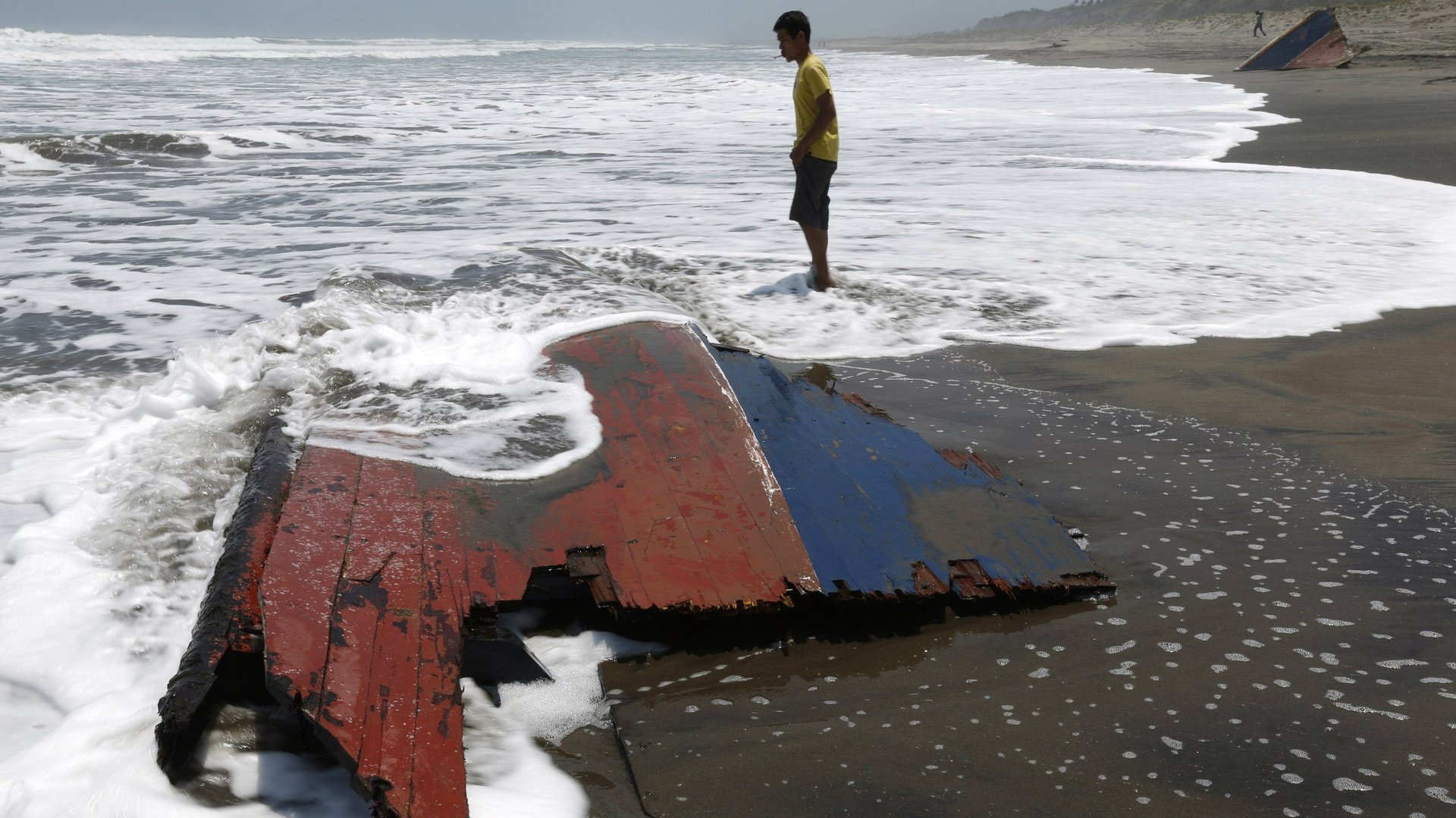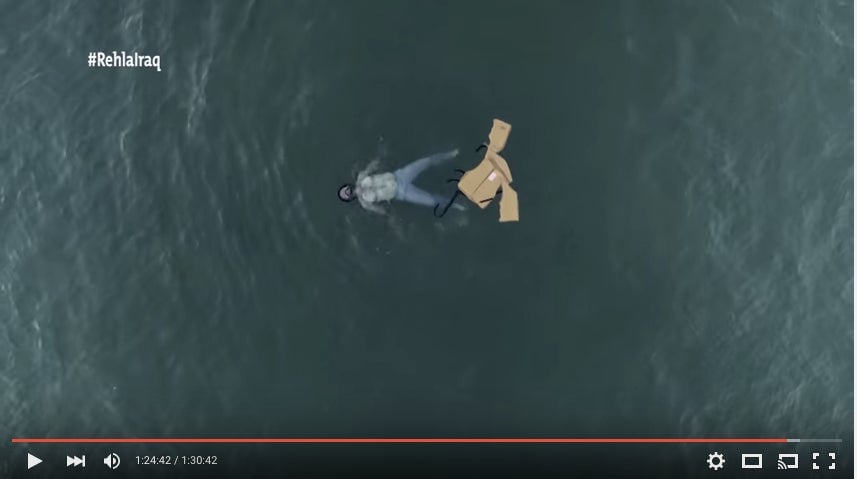Australia spent $5 million on the “Titanic” of people-smuggling propaganda films
The Australian government forked out just under A$6 million ($4.5 million) on a new feature-length film that’s meant to deter migrants from taking the dangerous boat journey across the Indian Ocean. Here it is, in Arabic:


The Australian government forked out just under A$6 million ($4.5 million) on a new feature-length film that’s meant to deter migrants from taking the dangerous boat journey across the Indian Ocean. Here it is, in Arabic:
The film—called Journey—will play on local television in Afghanistan, Iran, Pakistan, and Iraq. It chronicles the journey of a group of Afghan asylum-seekers attempting to reach Australia by boat. (Spoiler alert: it doesn’t end well.)
Put It Out There Pictures, which produced the 90-minute film, describes it as a devastating story “about the futility of investing in people smugglers, the perils of the trip, and the hardline policies that await them if they do reach Australian waters.”
Australia’s immigration department commissioned Journey at the taxpayer’s expense: it paid the production company A$4.3 million to make the film and spent a further A$1.6 million to Lapis Communications to promote the film.
The movie was filmed across three countries with a cast and crew from 13 different nations. The film is currently available in a number of different languages, including Pashto, Urdu, and Dari. There are no current plans to make the film available in English.

The Australian government has defended its decision to spend millions on the film, claiming it’s central to anti-people- smuggling strategy. A spokesperson told The Age:
Independent research in these countries has revealed misunderstandings and false rumors about Australia’s policy, and a perception that Australia remains a preferred destination country for those seeking to travel illegally by boat. Initial feedback from viewers has been positive.
The film appears to be having an impact on Afghans—the largest group of migrants to reach Australia by boat. (Though those that do find their claims successful: 96% to 100% of Afghan asylum-seekers had their claims for refugee status granted between 2009-13.)
The majority of young Afghan men who spoke to The Guardian said they were put off making the journey themselves after watching the movie. “If I die on the way, what’s the point of going,” said 42-year-old Daud Hossaini, who had been mulling over making the journey to Australia by boat.